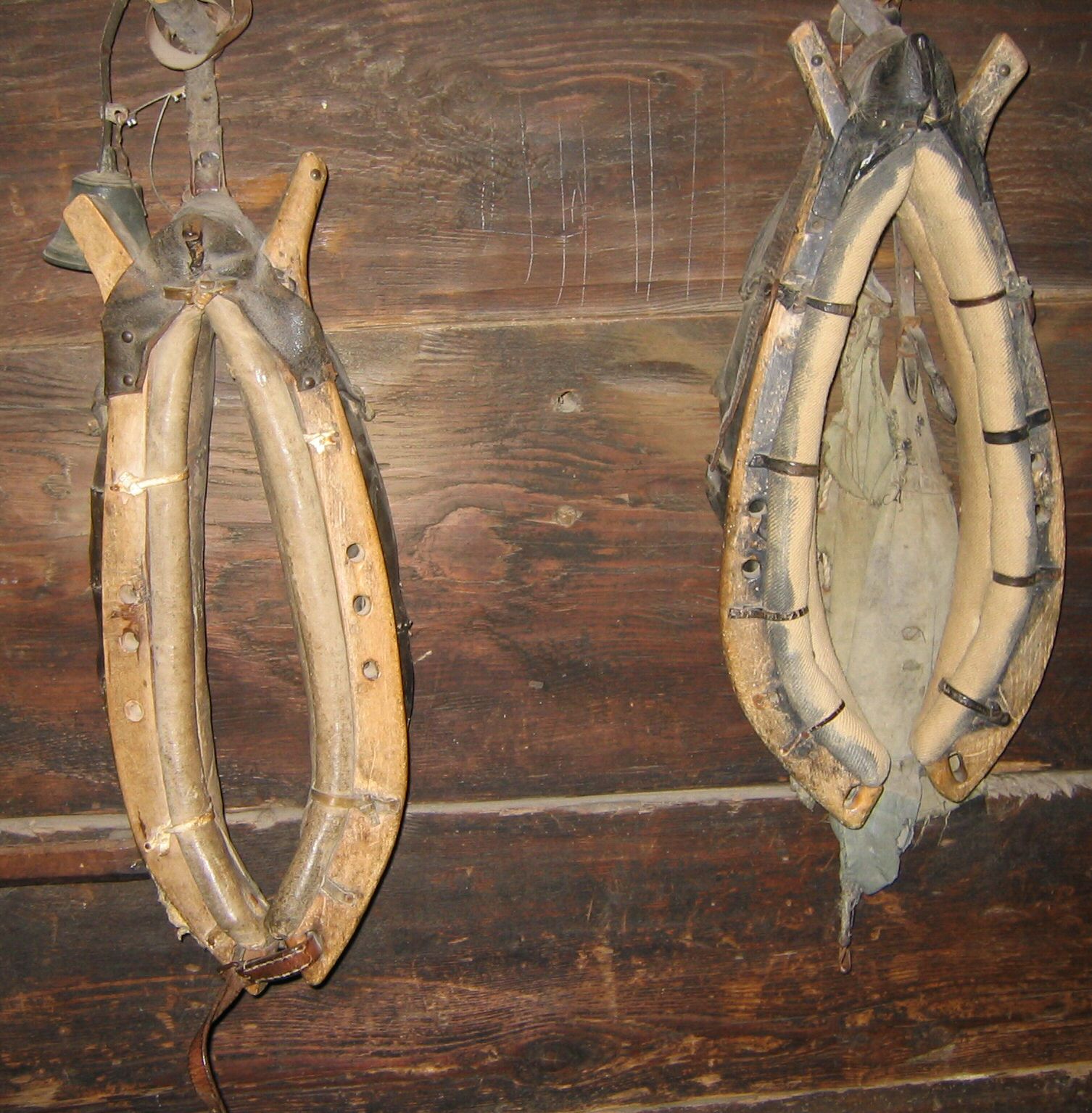During the High Middle Ages, the culture saw a significant increase in arable land which was directly influencing the population, which was on the rise. People were settling down and agricultural production was sustaining more and more families. Much of the changes were due to the availability of arable land, technological advancements, and the transitions from a two field system to a three.
Large forested areas were being cleared for cultivation and the materials from the forests were being used to build houses, bridges, fortresses, ships, and for fuel. Nearby swamps were drained to provide even more land for growing crops and foodstuffs. Economically, farming in Europe at this time was beneficial both for the workers and laborers and the land owners.
Technological advancements like mining for iron and trading it to areas that did not have it readily available were encouraging trade relations and geographical transition. Inventions like the carruca and the aratum made it possible to plow the land more efficiently, therefore allowing for faster growing and harvesting. In the past, the easterners used the aratum, which only turned the top soil. Now, they had the option to do both levels of soil at once.
 New horse collars were developed that allowed the horses to pull the heavy plow faster and cultivate more land, all while wearing iron shoes that produced greater traction and protection from rocky soil.
New horse collars were developed that allowed the horses to pull the heavy plow faster and cultivate more land, all while wearing iron shoes that produced greater traction and protection from rocky soil.The transition from a two field to a three allowed for seasonal crops to be grown at all times. One field was planted in the fall with grains such as rye and wheat; spring saw the planting of barley, oats, and legumes and the third was usually empty to allow for over exhaustion of the soul. The positive aspect of this system was that the serfs became free peasants, meaning they were no longer tied to the land.
Due to the increase in production during the High Middle Ages, birth rates were soaring and economics were allowing for better living conditions and relationships in the trade centers. It was a time of peace and prosperity for both the land owners and the free peasants.








1 Comment:
Just found your blog from The Virtual Dime Museum, enjoying the reading, Thank you ! :)
Post a Comment
We appreciate comments, but we delete SPAM.